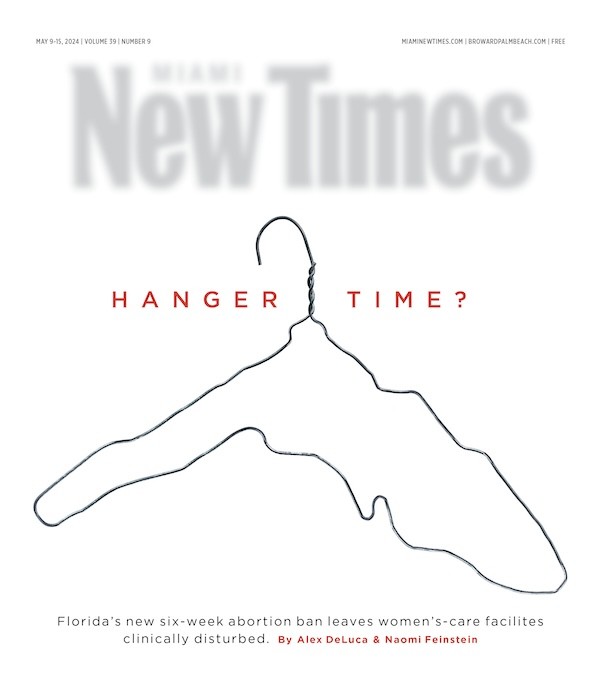Celebrities are flesh, David Cronenberg would say. Maps to the Stars, the latest film from the cult director, paints a grim picture behind the veneer of celebrity, but it also probes deep below the surface to explore damaged people in search of validity through speciousness.
Maps to the Stars follows a family of Hollywood archetypes disrupted by the appearance of an interloper (Mia Wasikowska), whose face and arms are mutilated by a childhood fire. She is Agatha, the sister of 13-year-old child star Benjie Weiss (Evan Bird), who is fresh out of rehab and hooked on energy drinks. Benjie's mother, a archetypal stage mother (Olivia Williams), pushes him to get back work on a sequel for a schlocky comedy hit called Bad Babysitter. His father (John Cusack) is a new-age sage who has his own TV show and offers private sessions that combine reflexology and Jungian psychoanalysis.
In her quest to track down her family, Agatha takes a job as a "chore whore" for washed-up actress Havana Segrand (Julianne Moore) and kindles a romance with an aspiring actor/writer surviving as a limo driver (Robert Pattinson).
The performers, particularly the women, dive into the surreal tone of Cronenberg with aplomb. Moore is exceptional as Havana, a spiteful, sad-sack version of Lindsay Lohan creeping toward 50. Wasikowska continues her marvelous reinvention from endearing waif (Alice in Wonderland and Jane Eyre) to creepy, psychotic weirdo (Stoker and Only Lovers Left Alive).
Speaking via phone, Cronenberg says of Wasikowska: "As a person, she's really low-key, but as an actor she's kinda electric and a shape shifter, and for this character that's perfect because she's not what she seems to be when we first meet her, and as a character she has many roles that she can play, and she shifts from one to another, and Mia just has that incredible sensitivity and capability. She's like an athlete or gymnast. She can just twist herself into all different shapes."
In Maps to the Stars, Carrie Fisher makes a meta-like appearance as herself. The actress, best known for her role as Princess Leia in Star Wars, has suffered through alcoholism and drew on her experiences while writing her novel, Postcards From the Edge. In Maps, Agatha brags about connecting with Fisher on Twitter, which leads to her employment as a personal assistant to Havana, bringing her another step closer to the family that abandoned her, since Havana is a client of Agatha's father. It all builds to a grim, darkly comic climax that only Cronenberg could pull off.
As with many of his films, Cronenberg uses the word "flesh" as a sort of totem. The script, by Bruce Wagner, features passages of the poem Liberty by French Surrealist poet Paul Éluard: "On all the flesh that says yes, on the forehead of my friends, on every hand held out ... I write your name."
Because of the poem, Cronenberg didn't have to do much to add his imprint to the script. "I extended its use when we were shooting," he says. "I used it in some scenes where it hadn't originally been used in the screenplay like in the scene where Mia's character, Agatha, is sort of on her knees on the Hollywood Boulevard Walk of Fame, in front of a sidewalk star, and the description was that she was communing with it silently, and I added that poem to thread it through the script a little more, make it more of significance that I felt it didn't have."
Flesh has been a recurring theme in Cronenberg's films. His most famous use of the motif was likely in 1983's Videodrome,when James Woods' character utters the phrase, "Long live the new flesh," before revealing a gun viscerally fused with his hand. "Well. That's what we are," says the director. "The first fact of human existence is the human body."
It's not just a theme in Cronenberg's latest film, it adds a metaphysical quality to the drama. It is also extended to the director's respect for his actors,"What do actors have to work with?" he asks. "They have their body. That's their instrument. That's why actors are very concerned about how they look and how they're dressed and things that touch their body because that's what they have to act with. Unlike a director, who is hiding behind the camera and is not seen, you know? But an actor's right out there, very vulnerable in his or her body, and so it's natural in any art form, I think, that deals with what it is to be human, to be focused on the body."
Maps to the Stars opens Friday, February 27, 6:30 p.m., at Cinema Paradiso Fort Lauderdale, 503 SE 6 St., Fort Lauderdale. Call 954-760-9898, or visit Fliff.com.
New Party Rules for Millennials
Top 20 Sexiest R&B Songs from the '90s to Today
Ten Best Florida Metal Bands of All Time
Ten Most Annoying Drunk Dudes You Meet at a Bar
Follow @CountyGrind











